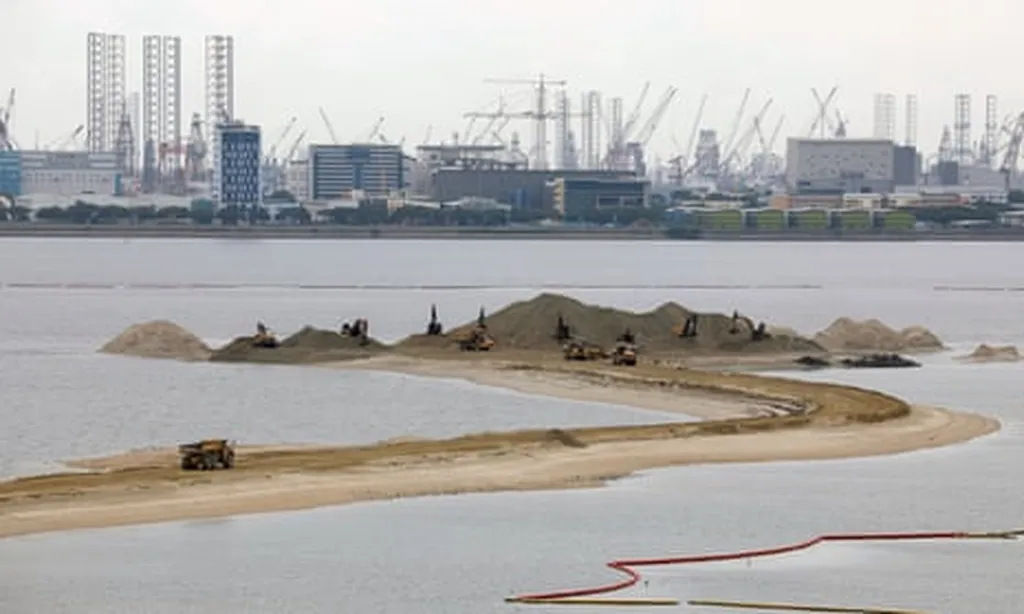In the heart of Kuala Lumpur, a groundbreaking study is challenging the status quo of geopolymer pervious concrete (GPC), offering a sustainable and cost-effective alternative that could reshape the construction and energy sectors. Robberta Renuka Lazarus, a researcher at the Centre for Innovative Construction Technology (CTCT) within Universiti Malaya’s Department of Civil Engineering, has pioneered a method to extract in-house sodium silicate (IHS) from agro-industrial by-products, potentially revolutionizing the way we think about construction materials.
Lazarus and her team have successfully developed IHS from rice husk ash (RHA) and treated palm oil fuel ash (TPOFA) using a hydrothermal method. This innovative approach not only reduces waste but also provides a viable alternative to commercial sodium silicate. “The key to our success lies in the appropriate ratio of silica source with sodium hydroxide (NaOH),” Lazarus explains. “This facilitates the development of strength in geopolymer pervious concrete, making it a viable option for large-scale applications.”
The research, published in the Journal of Civil Engineering and Management (which translates to *Žurnalio Civilinės Inžinerijos ir Valdymo*), demonstrates that the use of steel slag aggregate (SSA) in place of conventional aggregates results in higher compressive strength due to its toughness, surface roughness, and shape. Moreover, the incorporation of palm kernel shell biochar (PKS-BC) at varying weight percentages enhances the material’s properties.
The implications for the energy sector are significant. By utilizing agro-industrial by-products, this research promotes a circular economy, reducing waste and lowering the carbon footprint of construction projects. “This is not just about creating stronger materials; it’s about doing so in a way that is sustainable and environmentally responsible,” Lazarus emphasizes.
The study’s findings suggest that the use of IHS in GPC could lead to more durable and eco-friendly infrastructure. This could be particularly beneficial for energy projects, where the longevity and sustainability of materials are paramount. As the world moves towards greener energy solutions, the demand for sustainable construction materials is expected to rise, making this research timely and highly relevant.
Lazarus’s work is a testament to the power of innovation in addressing global challenges. By transforming agricultural waste into valuable construction materials, she is paving the way for a more sustainable future. As the construction and energy sectors continue to evolve, the insights gained from this research could shape the development of new materials and techniques, driving progress towards a greener, more efficient built environment.
In an era where sustainability is no longer optional, Lazarus’s research offers a promising path forward, demonstrating that the solutions to some of our most pressing challenges may lie in the most unexpected places. As the world grapples with the impacts of climate change, the need for innovative, sustainable solutions has never been greater. Lazarus’s work serves as a beacon of hope, showing that with creativity and determination, it is possible to build a better, more sustainable future.

